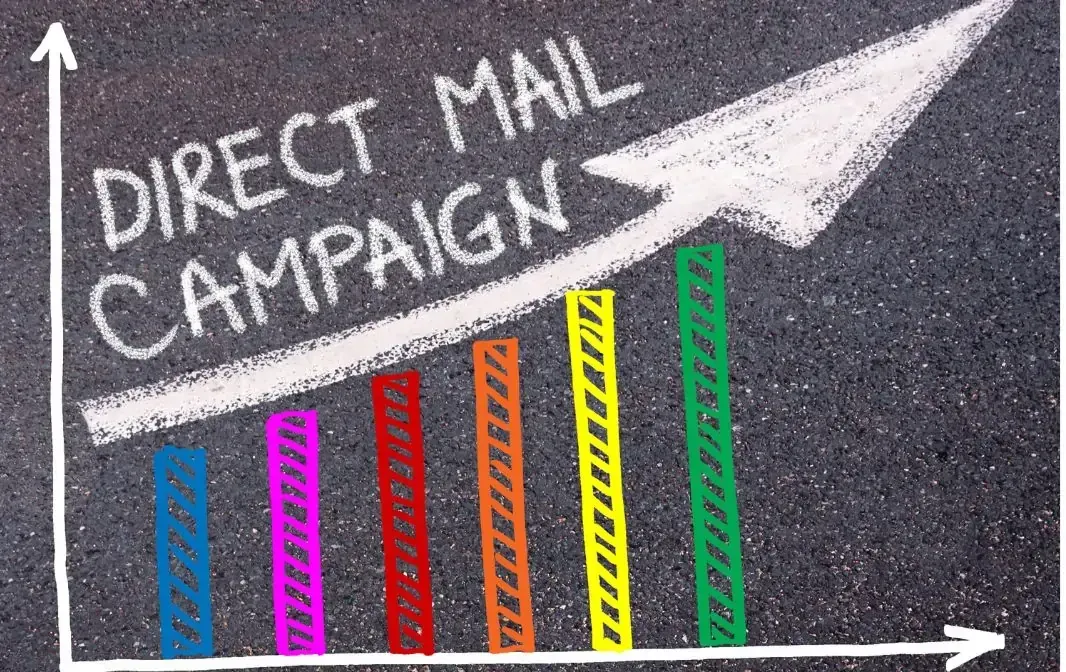Measuring Success of Direct Mail Campaigns: Comprehensive Guide for Dental Practices

In today’s digital landscape, direct mail campaigns may seem old-fashioned, but they remain highly effective, especially for dental practices. Direct mail can create a personalized and tangible connection that stands out in a crowded online marketplace. To make these campaigns successful, it’s crucial to measure their performance using key metrics and tools. This comprehensive guide breaks down the most important KPIs, methods for tracking, and real-world examples of successful direct mail strategies to help you refine your campaigns for maximum impact.
Why Direct Mail Still Works for Dental Practices
Direct mail offers a unique opportunity to engage potential patients in a way that feels personal and less intrusive compared to digital marketing. Tangible materials create a lasting impression, and when paired with targeted offers, they can deliver exceptional results. Dentists who understand the importance of tracking and measuring direct mail success can continuously improve campaigns and grow their practices.
Key Performance Indicators (KPIs) to Measure Success
Tracking specific KPIs ensures you can accurately evaluate the success of your direct mail campaigns. Each metric provides unique insights into campaign performance and areas for improvement.
1. Response Rate
This measures how many recipients engaged with your campaign, such as calling for more information or redeeming a coupon.
Formula:
Response Rate=(Number of ResponsesTotal Mails Sent)×100\text{Response Rate} = \left( \frac{\text{Number of Responses}}{\text{Total Mails Sent}} \right) \times 100Response Rate=(Total Mails SentNumber of Responses)×100
2. Conversion Rate
While response rate shows interest, conversion rate evaluates whether recipients took your desired action, such as scheduling an appointment.
Formula:
Conversion Rate=(Number of ConversionsNumber of Responses)×100\text{Conversion Rate} = \left( \frac{\text{Number of Conversions}}{\text{Number of Responses}} \right) \times 100Conversion Rate=(Number of ResponsesNumber of Conversions)×100
3. Return on Investment (ROI)
ROI is the ultimate measure of campaign profitability. It demonstrates how much revenue your campaign generated compared to its cost.
Formula:
ROI=(Revenue Generated−Cost of CampaignCost of Campaign)×100\text{ROI} = \left( \frac{\text{Revenue Generated} - \text{Cost of Campaign}}{\text{Cost of Campaign}} \right) \times 100ROI=(Cost of CampaignRevenue Generated−Cost of Campaign)×100
4. Cost Per Acquisition (CPA)
CPA calculates how much you spend to acquire a new patient, helping you understand your campaign's efficiency.
Formula:
CPA=Cost of CampaignNumber of New Patients Acquired\text{CPA} = \frac{\text{Cost of Campaign}}{\text{Number of New Patients Acquired}}CPA=Number of New Patients AcquiredCost of Campaign
5. Customer Lifetime Value (CLV)
CLV estimates the long-term value of a patient, helping you assess whether the investment in acquiring them was worthwhile.
Formula:
CLV=(Average Transaction Value)×(Number of Transactions)×(Customer Retention Period)\text{CLV} = (\text{Average Transaction Value}) \times (\text{Number of Transactions}) \times (\text{Customer Retention Period})CLV=(Average Transaction Value)×(Number of Transactions)×(Customer Retention Period)
Methods for Tracking and Measuring Direct Mail Success
Accurate tracking and measurement are essential for optimizing your direct mail campaigns. Here are proven methods to measure their success.
1. Unique Tracking Codes
Including unique codes such as QR codes, coupon codes, or personalized URLs (PURLs) on your mailers enables precise tracking of responses. For example, a dental clinic might use a PURL like www.YourDentalClinic.com/SpecialOffer to monitor how many people visit the page from a specific campaign.
2. Call Tracking
Assigning a dedicated phone number to your direct mail campaign helps track the calls generated. Tools like Call Tracking and Quarterly Reviews allow you to measure call volume and assess conversion rates from phone inquiries.
3. CRM Integration
Integrating your direct mail data into your Customer Relationship Management (CRM) system streamlines the process of tracking responses, follow-ups, and conversions. This ensures that no opportunity is missed and that insights can be applied to future campaigns.
4. Surveys and Feedback Forms
Including surveys or feedback forms in your mailers gives recipients a chance to share their thoughts. This feedback provides valuable insights into what works and what can be improved in your future campaigns.
5. Analytics Software
Using advanced analytics software like HubSpot or Campaign Monitor can help you track every aspect of your campaign. These tools allow you to analyze data from different sources and gain a holistic view of your campaign's performance.
Real-World Case Studies
Case Study 1: Increasing Patient Appointments
Objective: A dental clinic wanted to boost new patient appointments through a targeted campaign.
Strategy: The clinic mailed personalized offers for a free dental check-up to 5,000 local residents. The mailers included a QR code linking to their appointment booking system.
Results:
- Response Rate: 5%
- Conversion Rate: 50%
- ROI: 200%
By using unique tracking codes, the clinic could identify which respondents booked appointments and calculate their ROI.
Case Study 2: Promoting a New Service
Objective: A dental practice aimed to generate interest in its teeth whitening service.
Strategy: They designed a visually appealing brochure highlighting the benefits of teeth whitening and included a 15% discount coupon. A unique phone number was assigned to track calls.
Results:
- Response Rate: 7%
- Conversion Rate: 30%
- ROI: 150%
Call tracking revealed a high engagement rate, allowing the practice to follow up with interested patients.
Case Study 3: Launching a New Location
Objective: A dental chain wanted to announce the opening of a new office and attract local patients.
Strategy: They distributed postcards featuring exclusive offers, such as free X-rays for the first 50 patients. Personalized URLs helped track web traffic.
Results:
- Response Rate: 4%
- Conversion Rate: 60%
- ROI: 175%
CRM integration allowed the chain to capture patient data and nurture long-term relationships.
Tips to Maximize Direct Mail Success
- Personalize Your Mailers
Tailored messaging resonates better with recipients. Include names, local references, and specific offers that align with their needs. - Leverage Multi-Channel Marketing
Combine direct mail with digital marketing. For example, send a follow-up email campaign to recipients who respond to your mailers. Learn more about multichannel marketing strategies. - Create a Sense of Urgency
Include time-limited offers to encourage immediate responses. - Focus on Design
Engaging visuals and clear calls-to-action increase the likelihood of a response. - Test and Optimize
Run A/B tests on different designs, offers, and messaging to find the combination that works best.
FAQs
Q1: What is a good response rate for direct mail campaigns?
A: For dental marketing, a 2-5% response rate is typical. Higher rates can be achieved with highly targeted mailings and compelling offers.
Q2: How can I improve my ROI?
A: Focus on personalized content, track results diligently, and use insights to refine future campaigns. Implementing tools like Call Tracking can enhance ROI measurement.
Q3: What role does CLV play in direct mail campaigns?
A: CLV allows you to measure the long-term value of a patient, ensuring your campaigns deliver sustainable growth.
Q4: What tools are best for tracking direct mail success?
A: Tools like HubSpot, Campaign Monitor, and CRM systems integrated with call tracking provide comprehensive analytics for your campaigns.






















